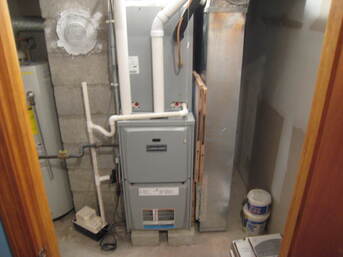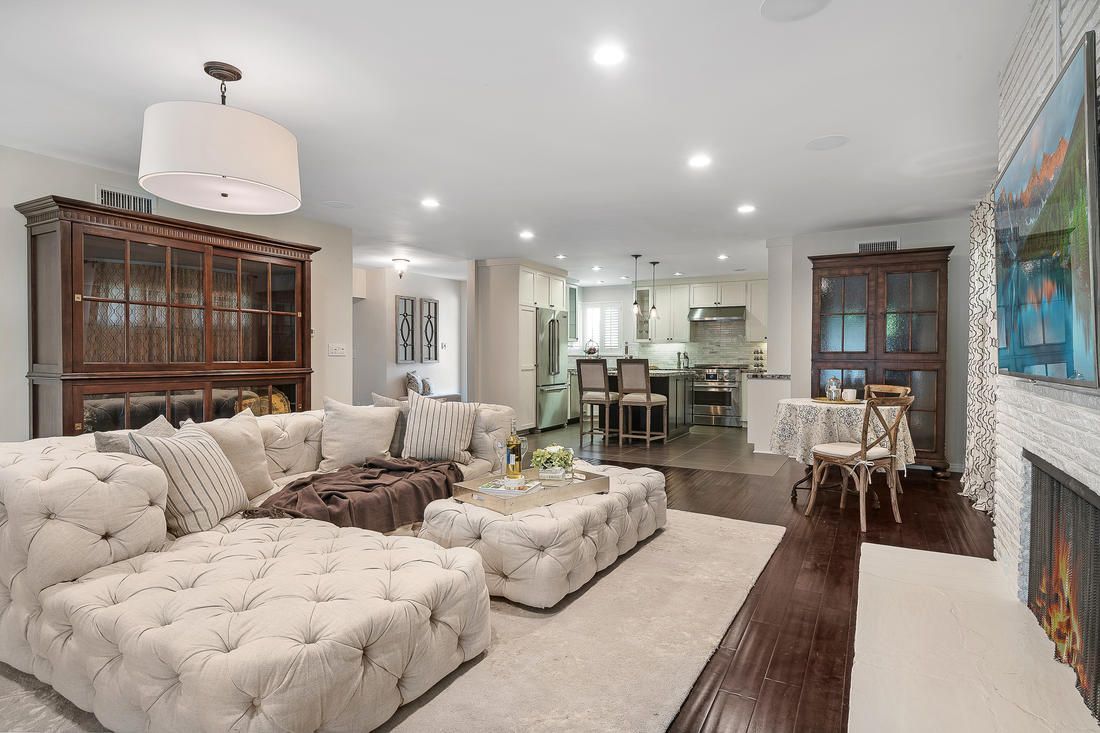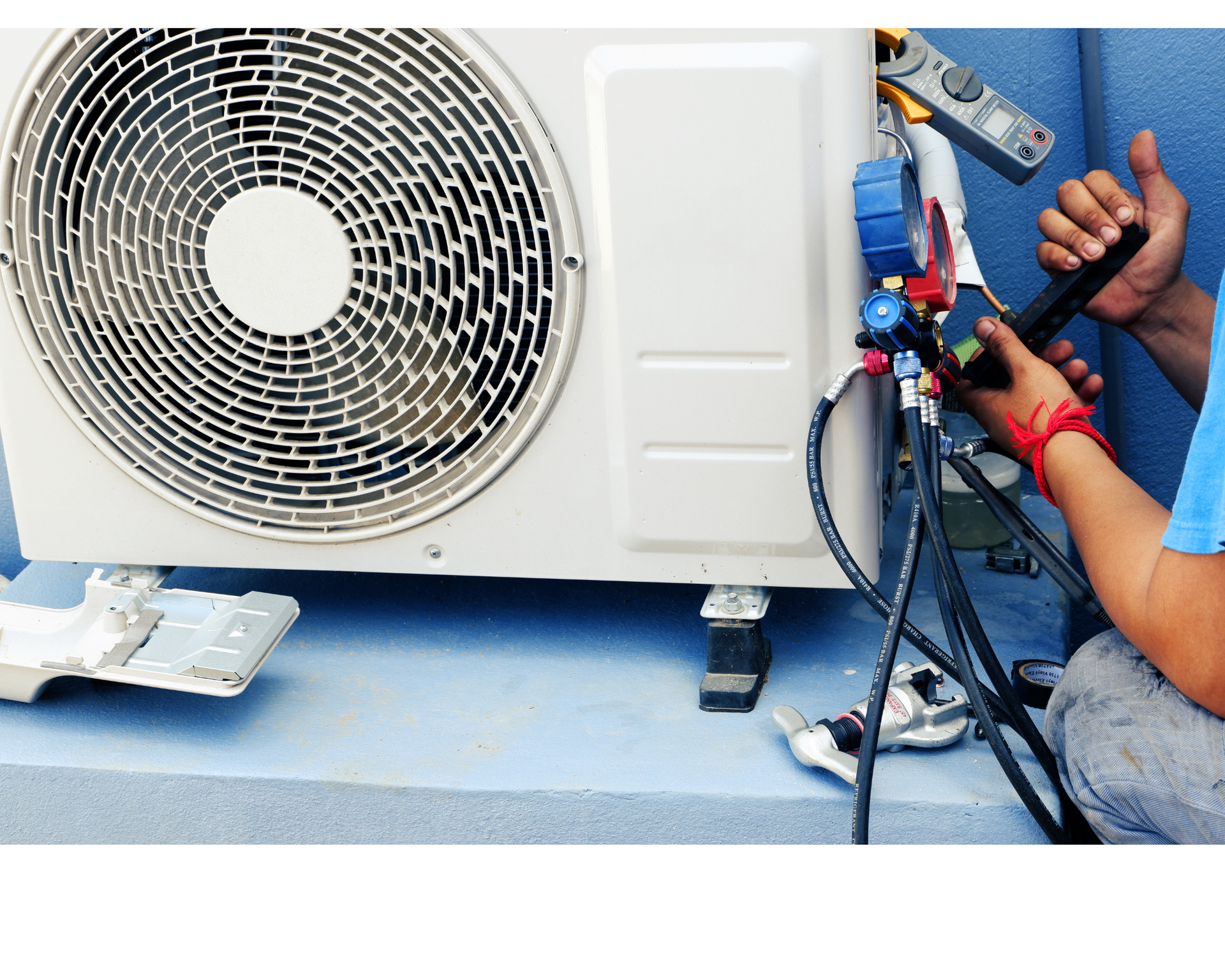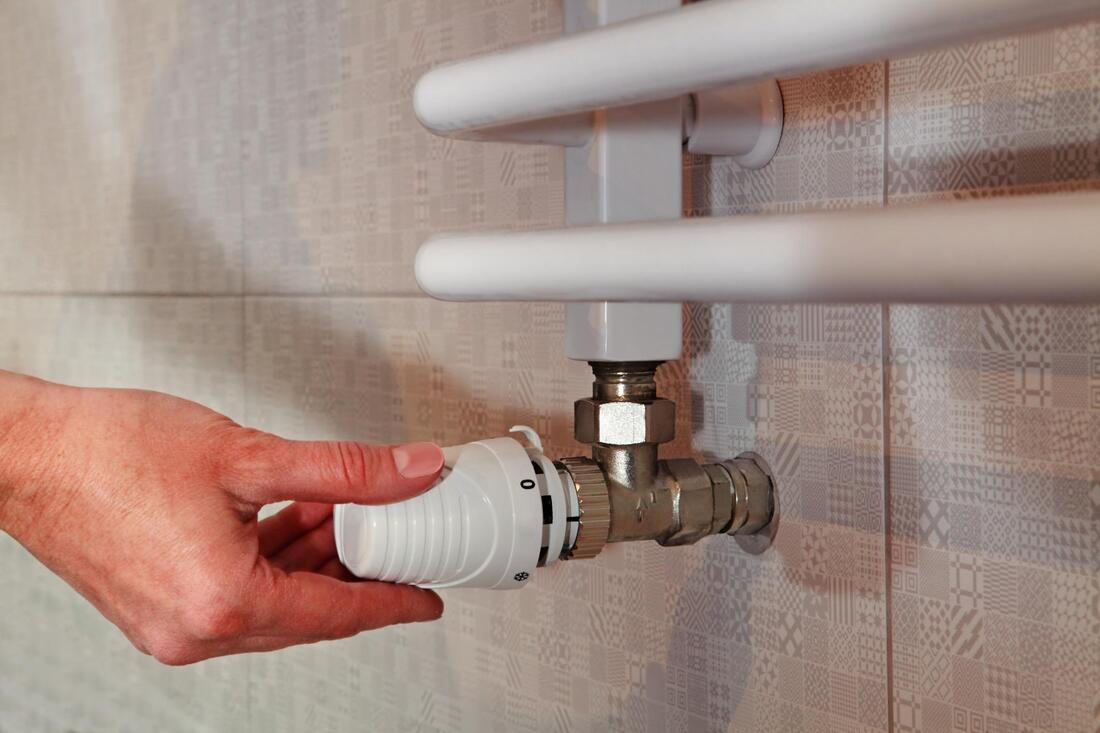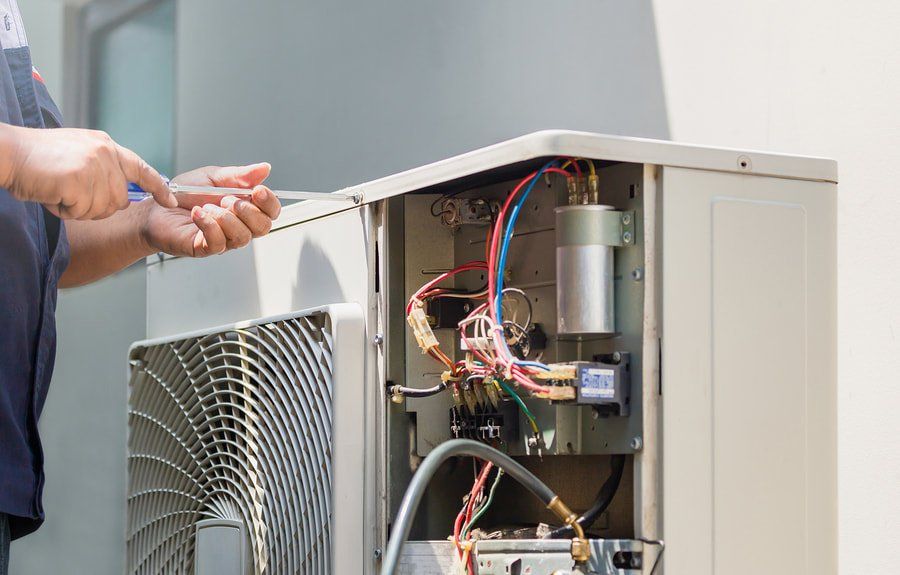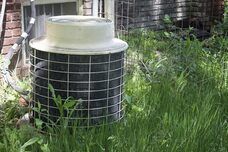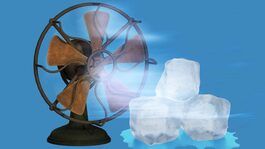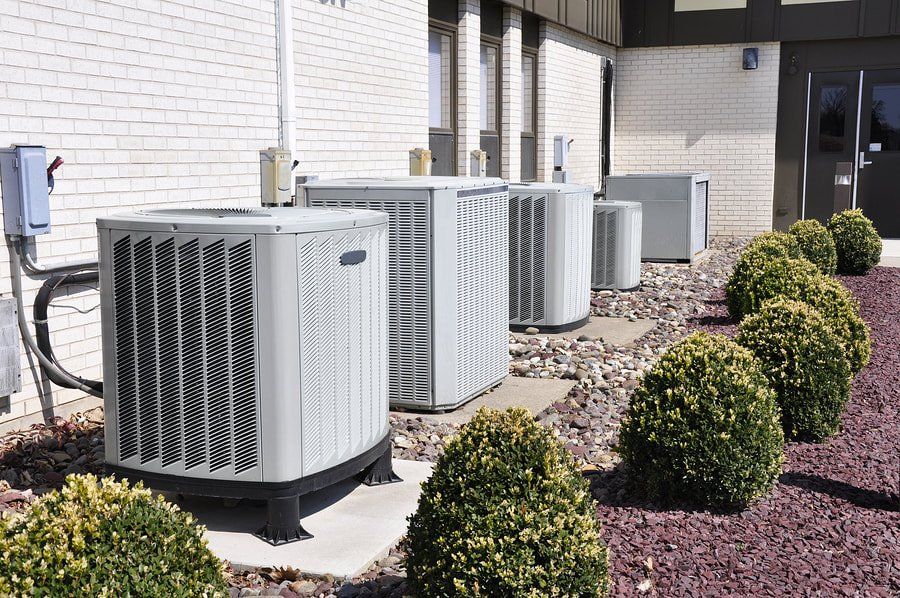Its that time of year again! The recommended inspection schedule for HVAC is spring and fall -- spring for air conditioning, and fall for heating. So this time of year you may face a decision if the prognosis for your heating system / furnace is not good. Do you keep the old malfunctioning inefficient system or buy a new one. If you are like most people, it is a hard choice. It may still be warm for a while here in southern California, but don’t wait too long to make a choice and schedule a visit from a competent HVAC specialist, like Ventura Air Conditioning and Heating Repair.
If you have a home that is older, or are interested in reducing your heating bills as the winter approaches, it’s a great idea to learn about the different types of forced air furnaces, before you really need it. Like everything in the world, there are trade-offs to be made between the benefits and limitations of the different types of furnaces.
There are a couple of notable differences between furnace types and how they operate. The biggest difference is how they each generate heat. There are those furnaces that generate heat in a single stage to create as much heat as possible -- when on, they are on “full blast” the whole time. Other types create heat in two different stages, so you can have more control over when and how much heat is generated.
The second differentiator between furnace types is a difference in how their blowers operate. It is the blower, after all, that moves the heat the furnace generates throughout the living or office spaces. Similar to the differences we saw in heat creation, there are furnaces that power the blowers at top speed at all times. The only real options here are “on” and “off.” Other types have variable speed blowers, which can respond with heat as needed, in the volume needed. This allows these types of heating systems to have a more nuanced response to the need for heat.
When we consider whether a single phase or two stage furnace, the homeowner or property manager needs to decide, with the help of the specialist, which is the best for them and their situation.
Years ago, the only option in furnaces was for a single phase unit. So in older homes, furnaces are generally single phase products, which we noted above means they generate heat at full blast all the time they are “on.” This furnace comes on, warms the air in your home or office, and then shuts off again. While this is less sophisticated than the two step unit, that is not necessarily a bad thing. The trade off here the single phase units are generally cheaper than the more sophisticated dual phase equipment. We do have concerns that the homeowner or property manager may not enjoy the single phase furnace, as it is not as efficient and comfortable as the two phase units. The two stage furnaces are well known as having higher efficiency, with an annual fuel utilization efficiency (AFUE) higher than 95%. By way of comparison, the single phase units generally only achieve levels in the 80’s% in AFUE. The two phase furnaces come on at “full blast” to warm your home through the coldest part of the day. After your home is warm it has an option that the single phase unit does not. The dual phase unit doesn’t shut off after achieving the desired temperature. It instead reduces the heat output level and works to keep heat levels within one of two degrees of the temperature set on the thermostat. By always working, a dual phase unit operates efficiently, cycling between higher and lower heat levels, there by having a much better chance at keeping your living space at a temperature that you will find comfortable.
All furnaces are at their peak efficiency once the unit and the living space is warmed, and is operating for longer time frames. And bigger is not necessarily better. We often dissuade the home owner or property manager from buying an oversized furnace. These are never as efficient as a unit properly sized for the living space. By continually running, a two phase furnace continues to operate efficiently and it simply cycles between the high and low heat output levels to keep your home at comfortable temperatures.
Just as we saw above in the heating component, the one phase unit (aka standard furnace) operates with the blower running at one single power level at all times. The dual phase unit operates a blower that can speed up and slows down depending on how far (above or below) the air temperature is from the thermostat setting. If a home or office only needs a small bump in warmth, with the two phase unit, the blower runs at a slower speed, uses less electricity, leading to a more comfortable living and working space. Not to be overlooked, this style of blower has a longer useful life and should keep working to maintain comfortable temperatures for many years longer than a single-speed blower. The variable speed blower delivers heat with precision and is usually matched with a dual phase furnace resulting in maximum efficiency.
So a dual stage furnace operates more efficiently than single stage models. When you add a variable speed blower, you increase efficiency and comfort even farther. While this type of setup is more expensive up front. But they should more than compensate for the extra expense make up for their added cost with efficiency improvements and a more comfortable home or office, which is what we were after in the first place.
Please visit our website at http://www.venturaheatacrepair.com.

